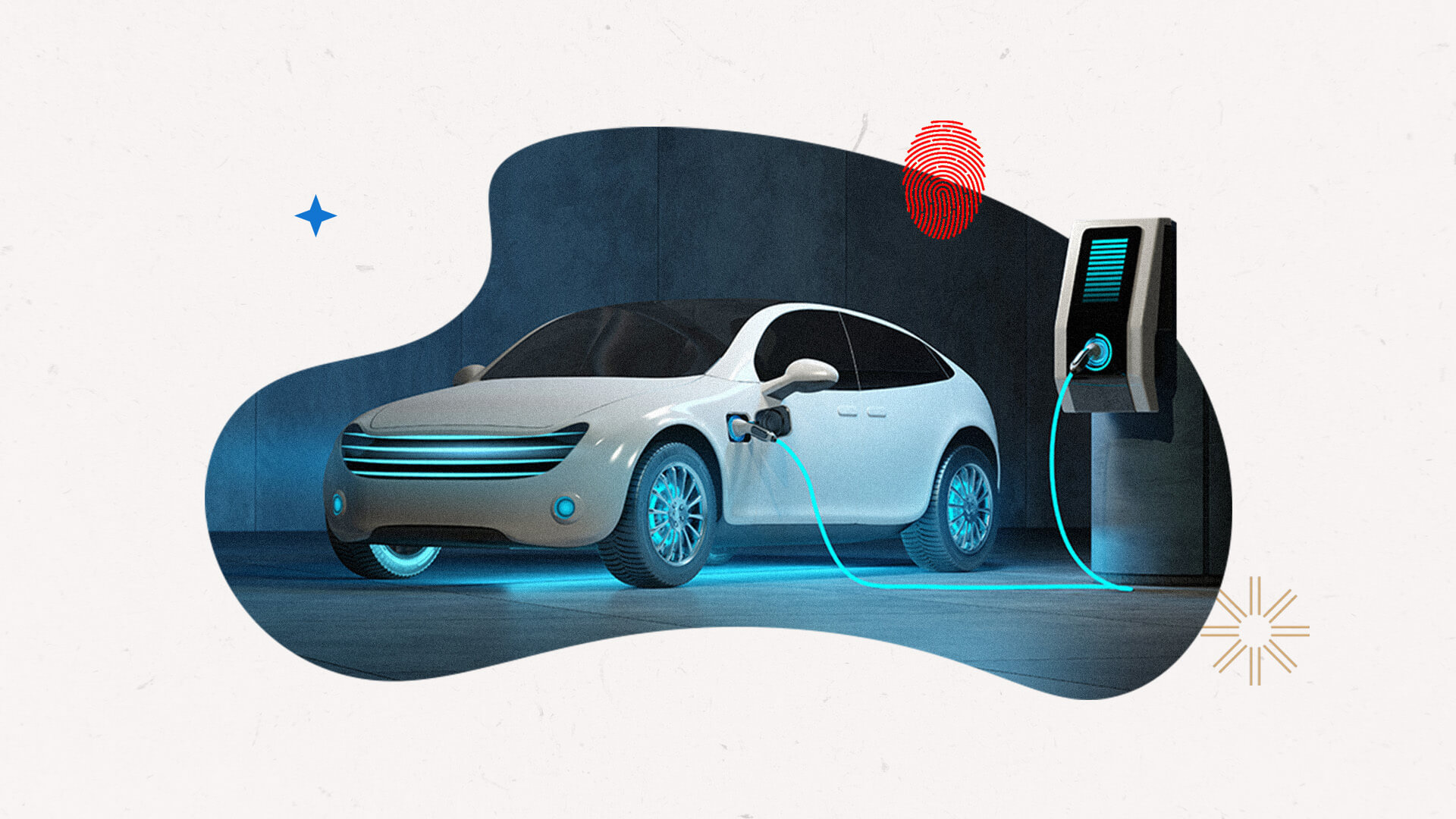
Many things about the automotive industry have changed in the past few years — especially the way we buy cars and how technology has been integrated into the vehicles we drive. That digital transformation can only be expected to continue, which will put the industry in an even better position to overcome the challenges that have recently emerged. Here are five trends you can expect to see in 2023:
1. Removing the driver from vehicles
Last year brought an increased focus to autonomous vehicles as technology advanced. However, 2023 might actually be the year that autonomous vehicles move into a reality for many businesses and even consumers. USA Today reported that while most major automakers currently have semi-autonomous technologies, we may finally pass the last obstacle – totally removing the driver from the equation. According to the Robot Report, Japan is planning to open roads to autonomous vehicles in 2023. However, many challenges remain to adoption, include technical issues, customer confidence and regulations.
2. Continued growth of mobility services (ride hailing and car sharing)
Owning a car is often the only way to reliably get around in areas not fully served by public transportation. However, the increased use and adoption of mobility services such as Uber and Lyft have changed the game, and some consumers are reconsidering their need to own a car. Automakers and dealerships need to understand this demographic and look for ways to add value in both their products and auto-buying process.
3. Continued supply chain disruptions
A shortage of semiconductors that control many of the functions of modern autos has caused major disruptions in the auto industry in recent years. As a result, chip supply hasn’t been able to match demand at many automakers — especially those intended for popular vehicle models. While the White House passed the CHIPS and Science Act of 2022 to ease the log-jam, experts predict it will take some time before built-up demand is satisfied. Automakers and dealers should expect challenges resulting from these supply chain issues to continue at least through 2023 and possibly beyond.
4. Production cuts and declining car sales
The effects of the chip shortage will be felt in all aspects of the industry. The Economist Intelligence Unit’s Automotive Outlook 2023 report predicts that new car sales will decrease by 2.4% in North America. Additionally, estimated global vehicle sales of $79 million will be lower than the pre-pandemic sales of $88 million. A&M (Alvarez & Marsal Holdings) also predicts that production costs will rise due to the scarcity of chips.
5. Continued digital transformation of the buying process
In 2022, many dealerships have digitized their operations, from sales tools and payment options to the use of e-signatures. Dealerships will need to continue adding new digital options in 2023 to remain competitive and maintain customer loyalty. While many are now enabling online car purchases, look for more digitization of the buying process — especially financing – in 2023. Dealerships can be expected to offer fully digitized buying with e-signatures and embedded finance.
Summing up
The coming year will bring further changes to the auto industry, much of them through the maturation of trends and technologies that have emerged in recent years. Focusing on the needs of customers by harnessing automotive technology and digital processes at the dealership will empower auto industry professionals to handle changes further down the road.




